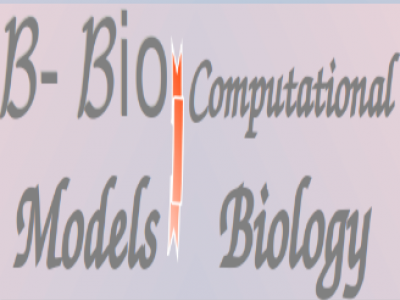Medical Imaging
This is two-part open-access webpage of 'Data:B-Bio Models'.This webpage contains datasets of 'Computational Biology'and Novel ß-Bio models, project folders, with clinical and pharmacy investigation in simulation, proposed by me which are Self-Claimed advancements, in support of my Research claims, discoveries, presentations and books. All content can be freely downloaded after sign-up.
- Categories:
 3968 Views
3968 ViewsThis dataset is in support of my research paper 'Comparative Non-Linear Flux Matrices & Thermal Losses in BLDC with Different Pole Pairs' .
- Categories:
 3392 Views
3392 ViewsThe world faces difficulties in terms of eye care, including treatment, quality of prevention, vision rehabilitation services, and scarcity of trained eye care experts. Early detection and diagnosis of ocular pathologies would enable forestall of visual impairment. One challenge that limits the adoption of computer-aided diagnosis tool by ophthalmologists is the number of sight-threatening rare pathologies, such as central retinal artery occlusion or anterior ischemic optic neuropathy, and others are usually ignored.
- Categories:
 30126 Views
30126 Views
This dataset contains 1944 data, which are scanned by the HIS-RING PACT system.
the data sampling rate of our system is 40 MSa/s, a 128-elements 2.5MHz full-view ring-shaped transducer with 30mm radius.
continuous updating.....
- Categories:
 407 Views
407 Views
This is our generated 3890 3D skin vessel tissue models which could be used for medical image analysis such as classification, segmentation, reconstruction and quantitative medical image analysis.
- Categories:
 816 Views
816 ViewsDiabetic Retinopathy is the second largest cause of blindness in diabetic patients. Early diagnosis or screening can prevent the visual loss. Nowadays , several computer aided algorithms have been developed to detect the early signs of Diabetic Retinopathy ie., Microaneurysms. The AGAR300 dataset presented here facilitate the researchers for benchmarking MA detection algorithms using digital fundus images. Currently, we have released the first set of database which consists of 28 color fundus images, shows the signs of Microaneurysm.
- Categories:
 5289 Views
5289 ViewsThe dataset is genrated by the fusion of three publicly available datasets: COVID-19 cxr image (https://github.com/ieee8023/covid-chestxray-dataset), Radiological Society of North America (RSNA) (https://www.kaggle.com/c/rsna-pneumonia-detection-challenge), and U.S. national library of medicine (USNLM) collected Montgomery country - NLM(MC) (http
- Categories:
 1974 Views
1974 ViewsWe chose 8 publicly available CT volumes of COVID-19 positive patients which were available from https://doi.org/10.5281/zenodo.3757476 and used 3D slicer to generate volumetric annotations of 512*512 dimension for 5 lung lobes namely right upper lobe, right middle lobe, right lower lobe, left upper lobe and left lower lobe. These annotations are validated by a radiologist with over 15 years of experience.
- Categories:
 1590 Views
1590 Views




